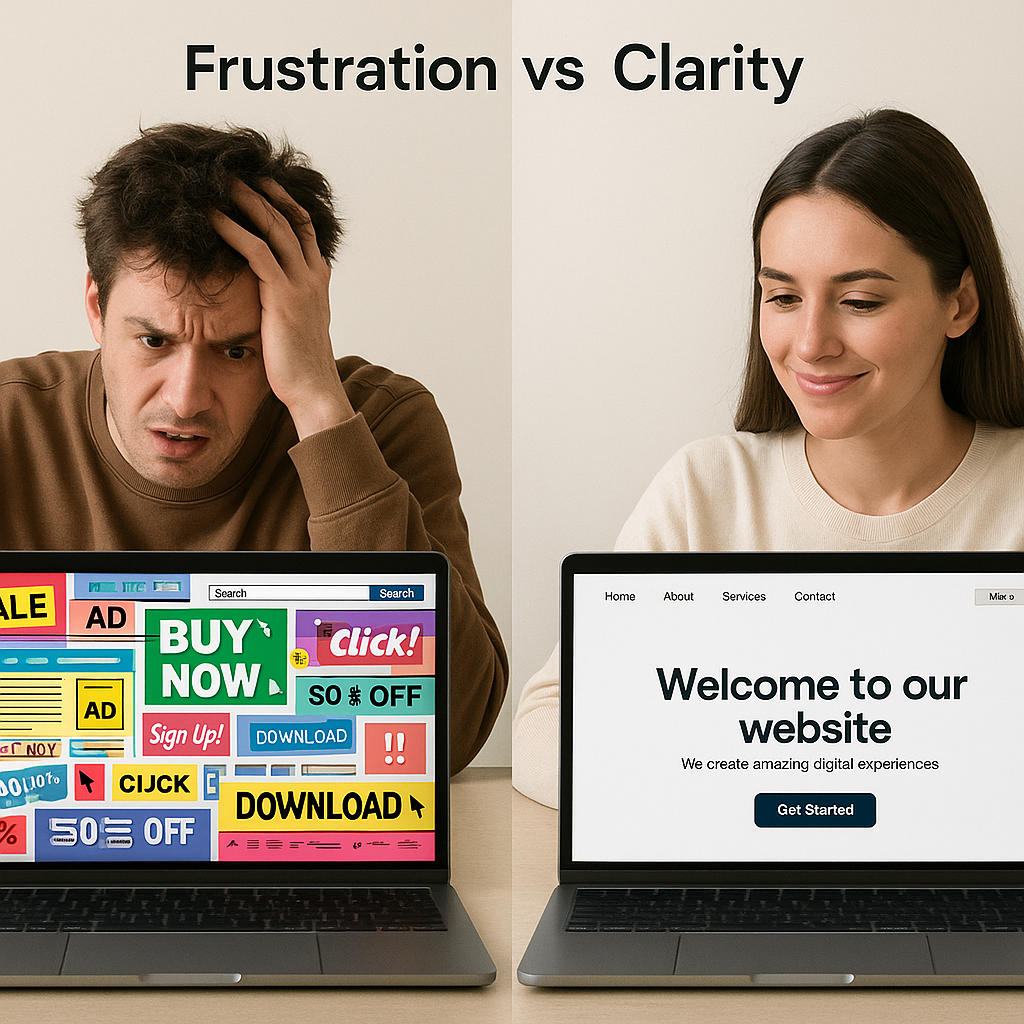Experiential Marketing: Boost Your Small Business
Experiential Marketing: A Game Changer for Small Businesses
In the bustling world of small businesses, finding innovative ways to connect with customers is more crucial than ever. Amidst the plethora of marketing strategies, one stands out for its ability to forge deep, memorable connections: Experiential Marketing. This approach isn't just about promoting a product or service; it's about creating an immersive experience that resonates on a personal level with consumers.
Understanding Experiential Marketing
Experiential Marketing turns traditional advertising on its head by focusing on engaging customers through interactive, real-life experiences. It's akin to inviting your customers to a party where your brand is the host. The goal? To leave a lasting impression that goes beyond the product itself, tapping into the emotions and memories of the audience.
For small business owners, this strategy is a golden ticket. In a digital age where personal connections can sometimes feel lost, Experiential Marketing offers a way to rebuild those connections and make your brand stand out. It's about creating a story around your product or service that customers want to be a part of—a story they'll remember and share.
Why Experiential Marketing Works for Small Businesses
The magic of Experiential Marketing lies in its ability to create a genuine bond between the brand and the consumer. For small businesses, this strategy is invaluable. It offers a unique way to showcase your brand's personality and values, all while engaging directly with your target audience. Here’s why it works:
- Personal Connection: Experiential Marketing events allow customers to experience your brand firsthand, leading to stronger emotional connections.
- Brand Loyalty: Positive, memorable experiences can turn casual customers into loyal brand advocates.
- Social Sharing: People love sharing unique experiences on social media, providing free word-of-mouth advertising for your brand.
- Community Building: Events can bring together like-minded individuals, fostering a sense of community and belonging surrounding your brand.
Examples of Experiential Marketing for Small Businesses
So, how can small businesses implement Experiential Marketing? The beauty of this strategy is its versatility. Here are a couple of examples to get the gears turning:
- A Local Coffee Shop could host a latte art workshop, inviting coffee enthusiasts to learn from a skilled barista. It's an engaging, hands-on way to experience the brand beyond just sipping coffee.
- Eco-Friendly Products might benefit from organizing a community clean-up day. It aligns with the brand’s values, engages the community, and creates a powerful, shared experience.
These examples highlight how Experiential Marketing goes beyond the simple transaction; it's about crafting an engaging narrative where customers can play an active role.
Crafting Your Experiential Marketing Campaign
Embarking on an Experiential Marketing journey can seem daunting, but it doesn't have to be. Here are some tips to guide you:
- Stay True to Your Brand: Ensure the experience reflects your brand’s identity and values. Authenticity is key.
- Make It Interactive: The more hands-on, the better. Engage your audience with activities that stimulate participation.
- Leverage Social Media: Use social media to amplify your event. Hashtags, live videos, and interactive posts can generate buzz and extend the reach of your campaign.
Remember, the essence of Experiential Marketing lies not in extravagant budgets but in creativity and the ability to forge genuine connections.
Overcoming Challenges
While Experiential Marketing offers vast benefits, it's not without its challenges. Small businesses might need help with the costs or logistical hurdles. However, the key lies in starting small. Even modest, well-executed events can generate significant impact. It's about leveraging what you have to create something memorable and shareable.
Conclusion
Experiential Marketing offers a breath of fresh air in a marketplace where consumers are bombarded with advertisements. It allows small businesses to cut through the noise and connect with customers on a deeper level. Creating meaningful, immersive experiences can transform how customers perceive and interact with your brand.
As the digital landscape evolves, thriving brands will prioritize genuine connections. Experiential Marketing isn't just a trend; it's a transformative approach that can elevate small businesses into beloved community staples. So, why not throw your brand a party? The results might surprise you.





